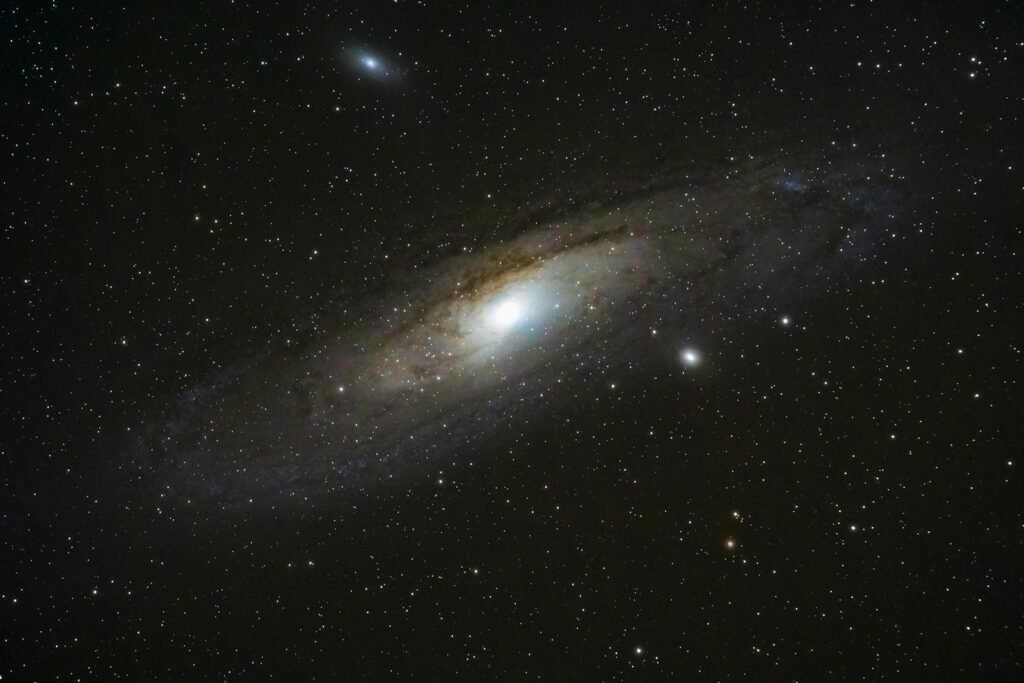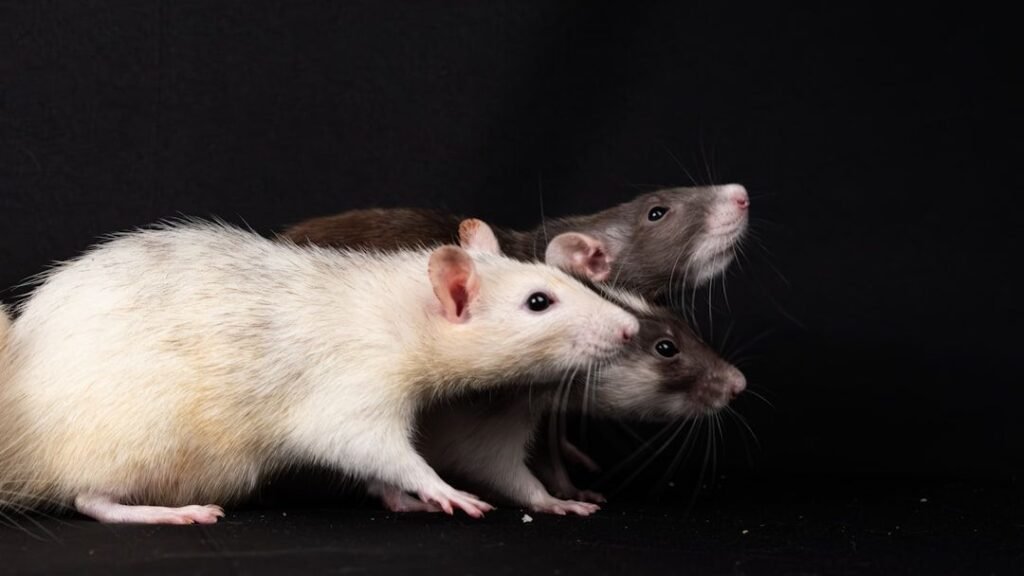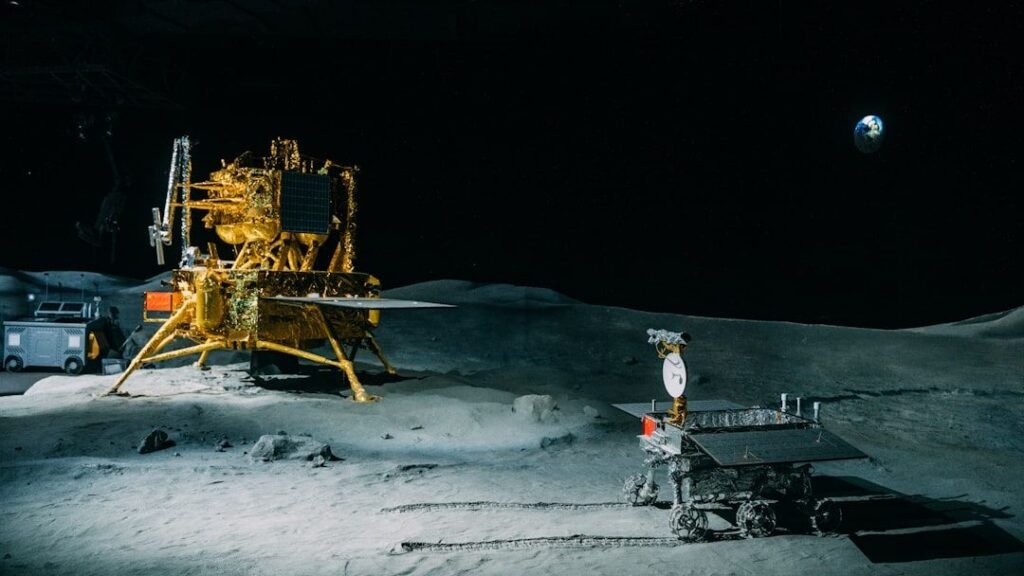As humans continue to explore the cosmos, one of the most intriguing questions remains unanswered: Could life exist beyond Earth? While traditional parameters for life are based on Earth’s conditions, recent research suggests that life might thrive in a variety of extreme environments, both on our planet and beyond. These discoveries have expanded our understanding of where life may exist, challenging conventional limits and opening doors to the possibility of life in harsh environments of space.
Earth’s Extremophiles: Lessons From Home
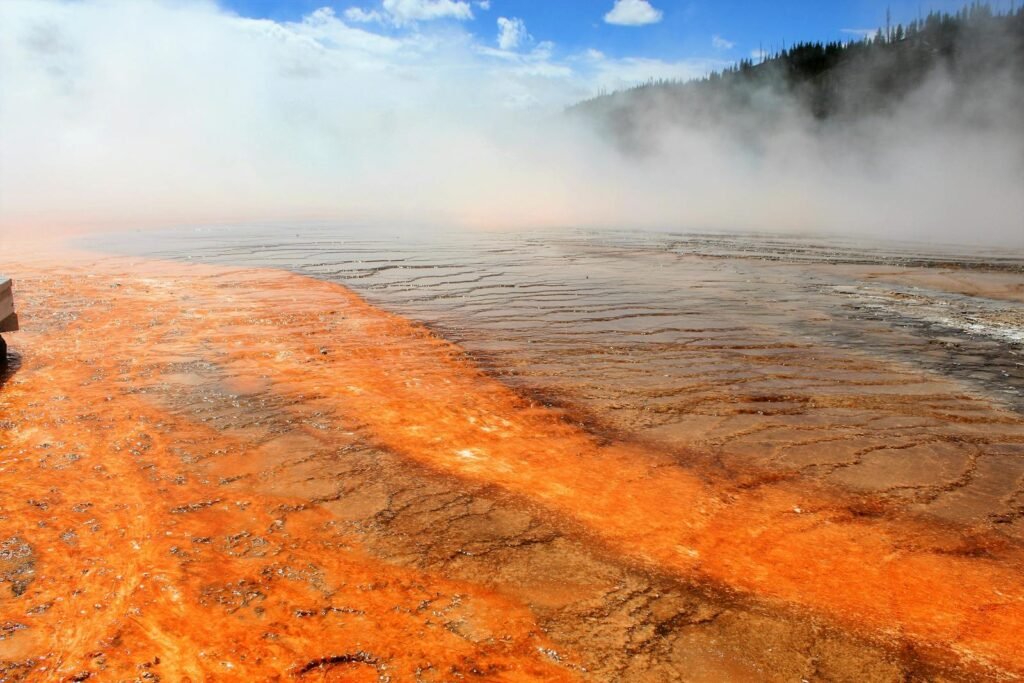
When exploring the potential for life in harsh conditions, scientists often look to extremophiles, organisms that thrive in the most inhospitable places on Earth. Extremophiles can survive radiation, extreme temperatures, high pressures, and acidic or alkaline environments. Organisms like the tardigrade, which can endure the vacuum of space, and thermophilic bacteria found in hydrothermal vents show how adaptable life can be.
Mars: A Neighbor with Potential?
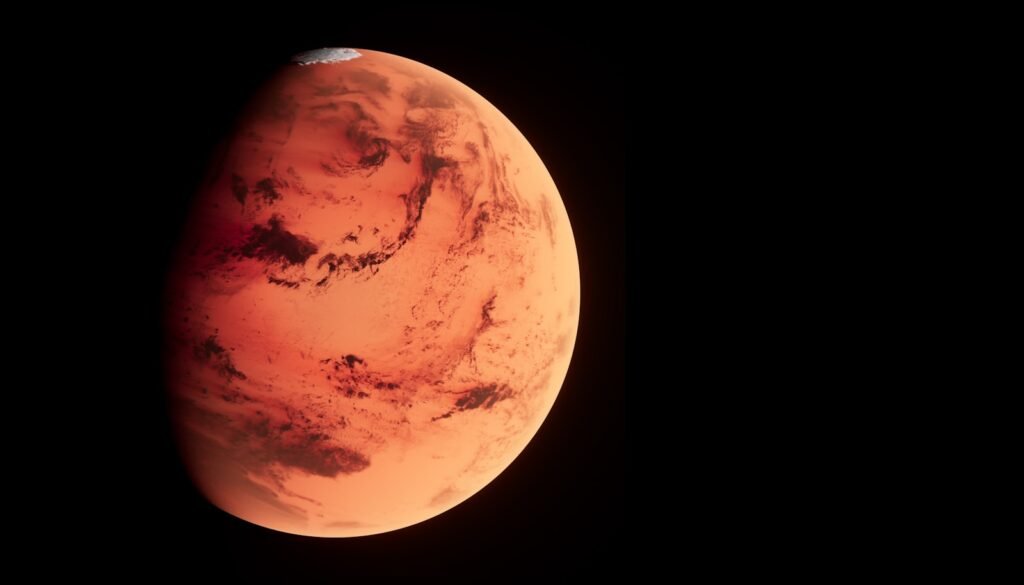
Mars has long fascinated scientists as a potential harbor for life. Although the surface is barren, cold, and subject to intense radiation, subsurface environments may tell a different story. The discovery of ancient riverbeds and seasonal methane release in the Martian atmosphere have led researchers to speculate about microbial life residing underground or in salty sub-surface lakes.
The Icy Moons: Europa and Enceladus
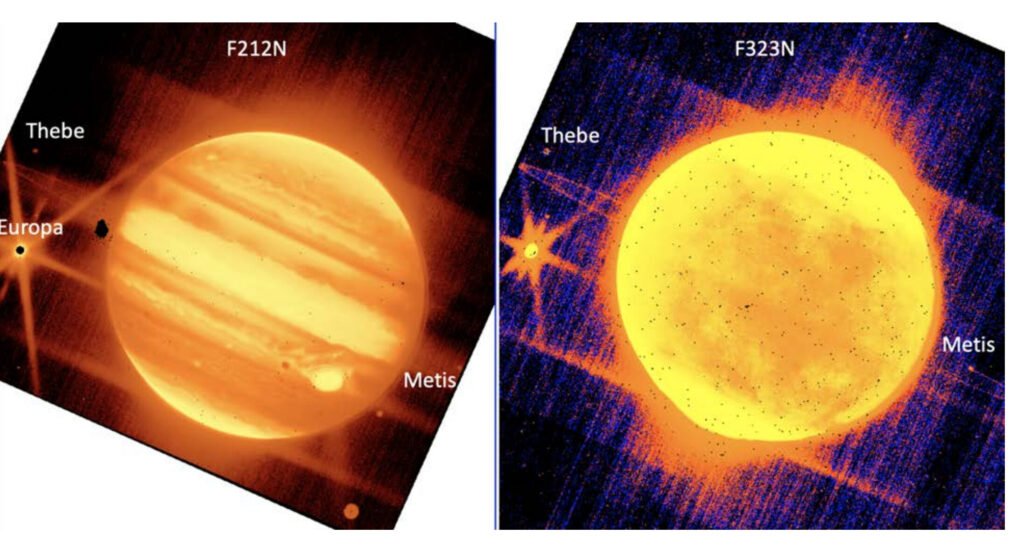
Jupiter’s moon Europa and Saturn’s moon Enceladus have caught the attention of astrobiologists due to their subsurface oceans. Beneath their icy crusts, these moons harbor warm, salty seas heated by geothermal activity. Hydrothermal vents, like those on Earth’s ocean floors, could provide the necessary energy and nutrients to support microbial life, making them key targets in the search for extraterrestrial organisms.
Titan: Chemistry Beyond Water
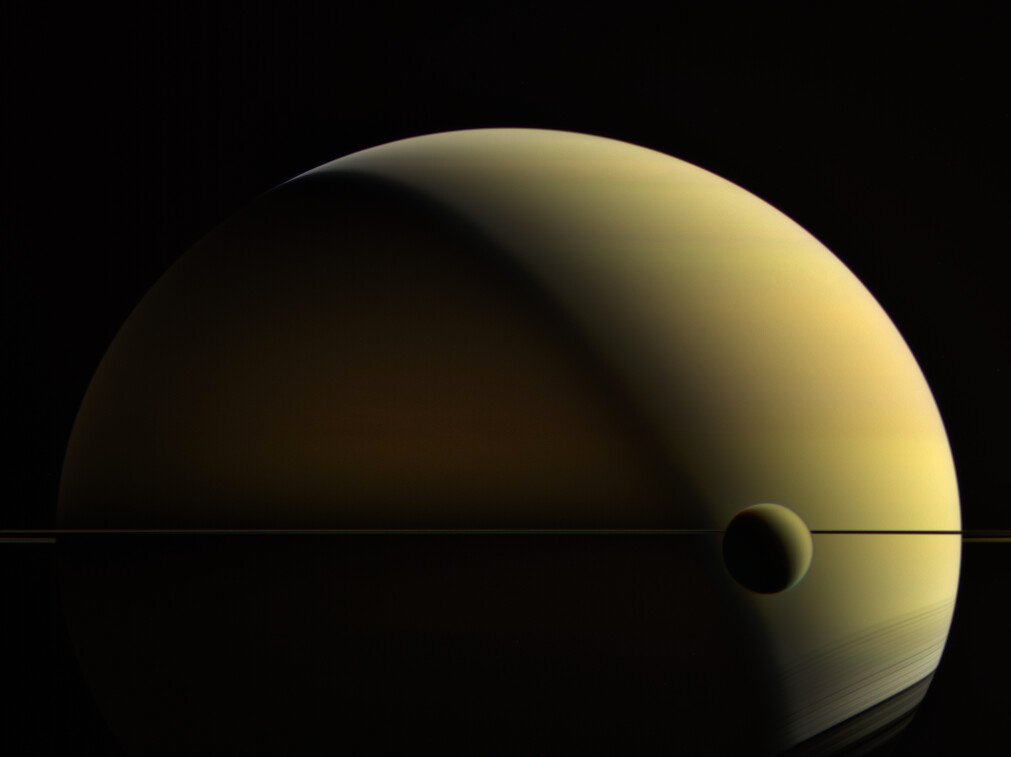
Sitting under its dense atmosphere, Saturn’s moon Titan offers a chemically rich environment, distinct from water-based life. While its lakes and rivers are composed of liquid methane and ethane, life could theoretically arise with entirely different biochemical processes. This challenges our water-centric view of life and highlights the potential for organisms to adapt to a range of solvent environments.
Exoplanets: Alien Worlds, New Horizons
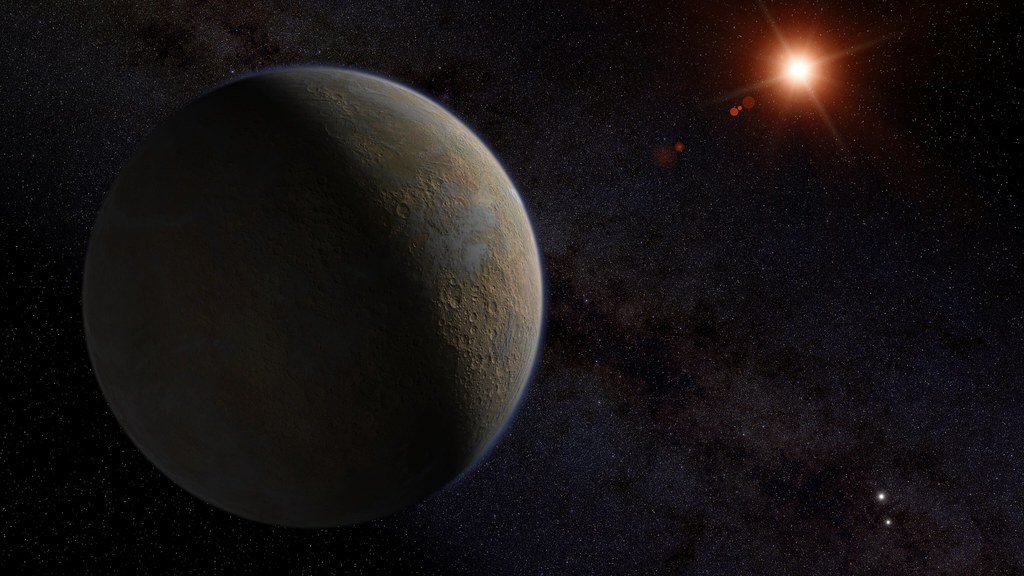
Beyond our solar system, the discovery of exoplanets in the habitable zone of their stars fuels optimism about the existence of life. These planets, aptly named “Earth-like,” have conditions that could support liquid water. Notable finds include Proxima Centauri b and the TRAPPIST-1 system, which showcase how varied habitable environments might be. Scientists are keenly looking for biosignatures—indicators of life—in their atmospheres.
Challenges and Future Prospects in Astrobiology
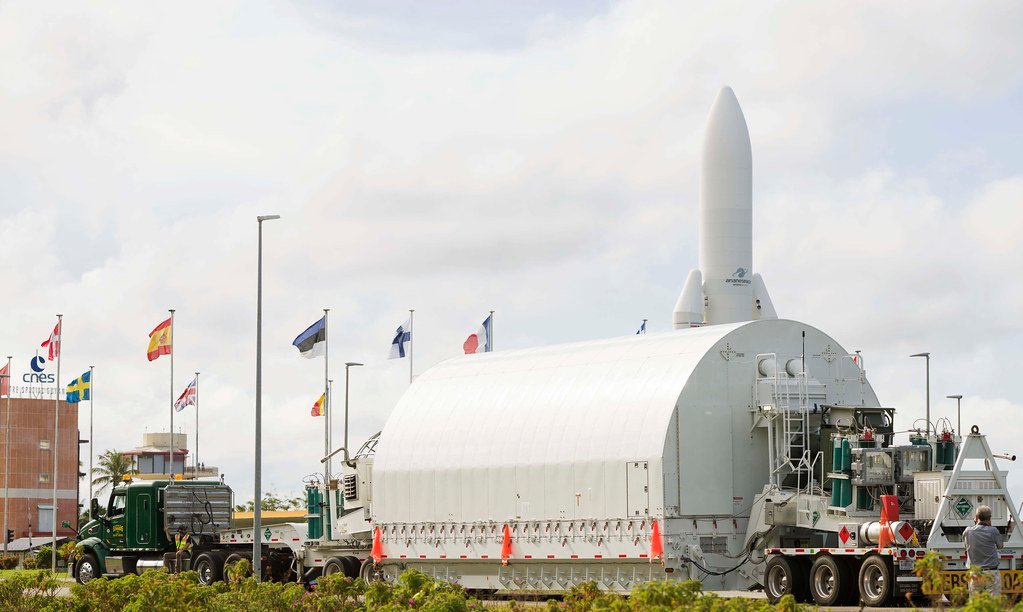
While the potential for life in the cosmos is enticing, scientists face numerous challenges. The vast distances make direct exploration difficult, and distinguishing between non-biological and biological signals from afar requires sophisticated technology. However, advancements in space telescopes, robotic missions, and spectroscopy hold promise. Future initiatives, like the James Webb Space Telescope, aim to deepen our understanding of these distant worlds.
Conclusion: The Universe of Possibilities

The search for life beyond Earth has redefined the boundaries of possibility, showing that life may exist in places once deemed impossible. As exploration progresses, every mission adds to our understanding, potentially bringing us closer to answering one of humanity’s most profound questions. Life, in its myriad of forms, may be more resilient than we ever imagined, existing in diverse and unexpected cosmic arenas, inviting us to reconsider our place in the universe.

